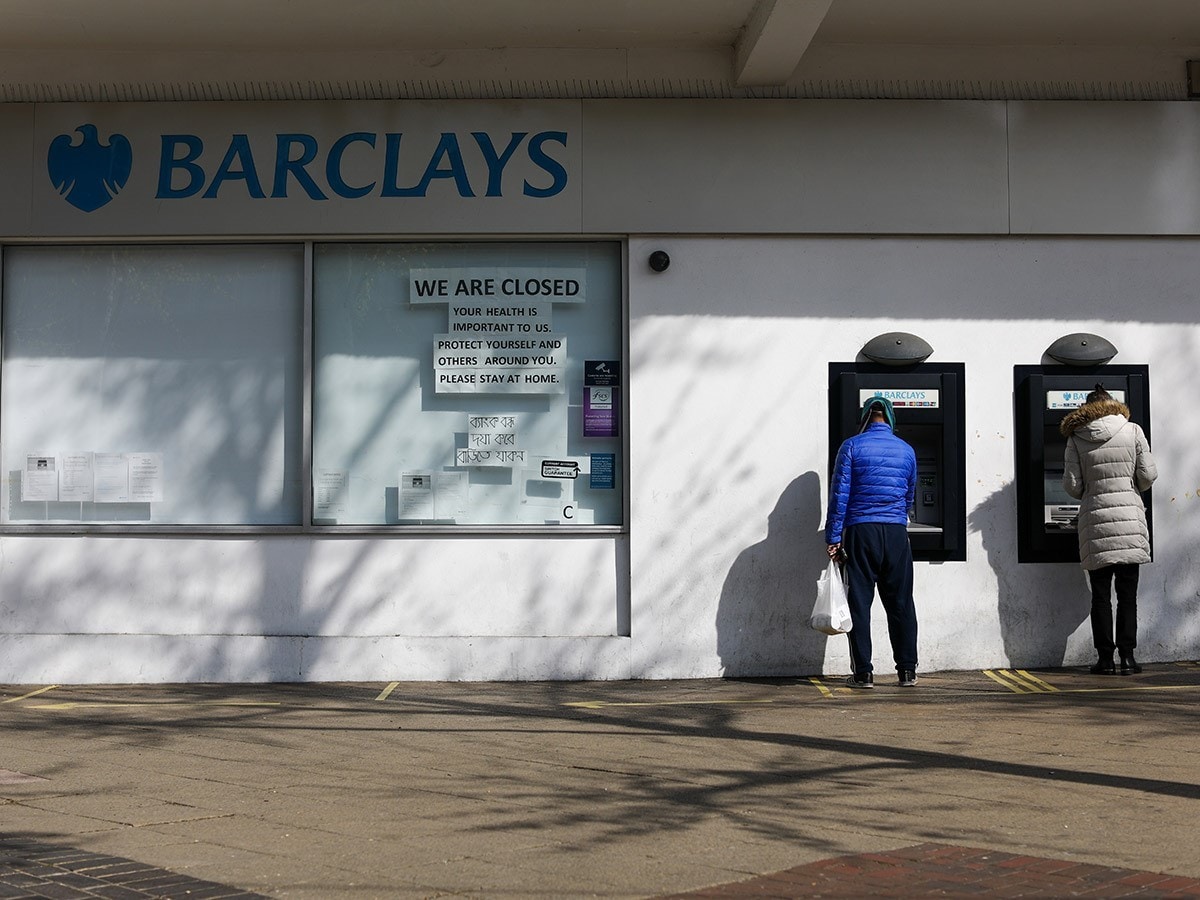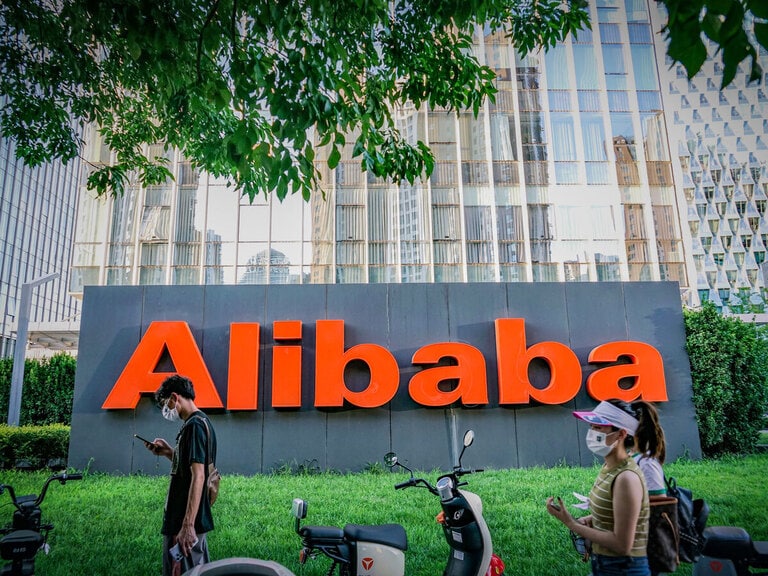Barclays’ [BARC] share price slid to 83.2p in mid-March as markets plunged on coronavirus fears. Yet while other stocks began to rally in the weeks after, Barclays continued to move in the opposite direction, dropping as low as 80.24p on 3 April.
As of 14 September, Barclays’ share price was down 40.2% after closing at 103.62p.
Barclays’ share price slump was largely triggered by concerns over the wider impact of the virus on its customers, both businesses and individuals, and their ability to pay back loans in an economic downturn.
This added to existing worries about the impact of record-low interest rates on the bank’s margins, as well as the potential economic hit from Brexit. The UK’s transition period to exit the EU will expire at the end of the year, so what’s the outlook for Barclays’ share price?
From bad to worse
Barclays’ share price benefitted from its first-quarter results in late April, despite the bank announcing a slump in pre-tax profits to £913m from £1.48bn a year ago, and a £2.1bn impairment charge for estimated pandemic costs.
Investors and Barclays’ share price were both seemingly buoyed by the 30% profit jump at the group’s investment bank, which has been under pressure from Edward Bramson. The activist investor had called for it to be slimmed down because it is, he believes, dilutive to shareholder returns.
Barclays’ share price recovered to hit 131.8p by 8 June, but hit turbulence once again as it announced second-quarter results at the end of July.
The bank posted a 66% drop in first-half profits to £695m and said that it had now set aside a total of £3.7bn to cover anticipated bad loans from the pandemic.
£3.7billion
Amount set aside by Barclays to cover anticipated bad loans
Despite another strong quarter for Barclays’ commercial and investment divisions, Bramson renewed his calls for the bank to retreat from this market. He suggested the bank should reduce assets in this area by 24%, pointing to the rising share price at Deutsche Bank, which has made a similar move.
What's the consensus on Barclays’ share price?
Barclays faces some serious headwinds as Bramson continues to agitate, Brexit concerns rise to the boil once again, interest rates teeter on the verge of turning negative and COVID-19 continues to weigh on the economy and society.
Analysts polled by the S&P Global Market Intelligence have a consensus accumulate rating for the stock with an average target of 142.68p for Barclays’ share price. According to MarketScreener, the consensus rating for the stock is outperform with an average target price of 142.91p.
Trefis is confident, however, forecasting that the bank will report annual revenues similar to those of 2019. This is based on the easing of lockdown restrictions and a growth in consumer demand boosting businesses.
Although the bank’s trading income might fall given calmer market conditions, Trefis believes it will still come in higher than a year ago.
“We believe that Barclays’ stock is currently undervalued and offers upside, given its strong retail and investment banking operations,” it said, according to Forbes.
The optimism is largely based on the return to normal economic life post-lockdown, then. So long as this continues smoothly, there is plenty of potential for Barclays’ share price to reach pre-crisis levels.
However, if we steer clear of a second coronavirus wave, the reduction of government support such as the furlough scheme could be a different trigger for more bad loans and less demand for new ones.
Some think Barclays’ has done enough to remain resilient in the face of such an eventuality.
“It has reduced costs so that its cost to income ratio in the first half was 57%. The share price could also benefit from a 40-basis point increase in its common equity tier 1 ratio to 14.2% while it plans to make further cost cuts to offset the impact of COVID-19” - Robert Stephens
“The bank has made some improvements over the past few years that could help it recover,” Robert Stephens wrote in Investomania.
“It has reduced costs so that its cost to income ratio in the first half was 57%. The share price could also benefit from a 40-basis point increase in its common equity tier 1 ratio to 14.2% while it plans to make further cost cuts to offset the impact of COVID-19.”
Barclays’ diversity in terms of products and geography — unlike many of its UK rivals — should be encouraging for shareholders. It gives it a greater chance of recovery from the pandemic.
Disclaimer Past performance is not a reliable indicator of future results.
CMC Markets is an execution-only service provider. The material (whether or not it states any opinions) is for general information purposes only, and does not take into account your personal circumstances or objectives. Nothing in this material is (or should be considered to be) financial, investment or other advice on which reliance should be placed. No opinion given in the material constitutes a recommendation by CMC Markets or the author that any particular investment, security, transaction or investment strategy is suitable for any specific person.
The material has not been prepared in accordance with legal requirements designed to promote the independence of investment research. Although we are not specifically prevented from dealing before providing this material, we do not seek to take advantage of the material prior to its dissemination.
CMC Markets does not endorse or offer opinion on the trading strategies used by the author. Their trading strategies do not guarantee any return and CMC Markets shall not be held responsible for any loss that you may incur, either directly or indirectly, arising from any investment based on any information contained herein.
*Tax treatment depends on individual circumstances and can change or may differ in a jurisdiction other than the UK.
Continue reading for FREE
- Includes free newsletter updates, unsubscribe anytime. Privacy policy





